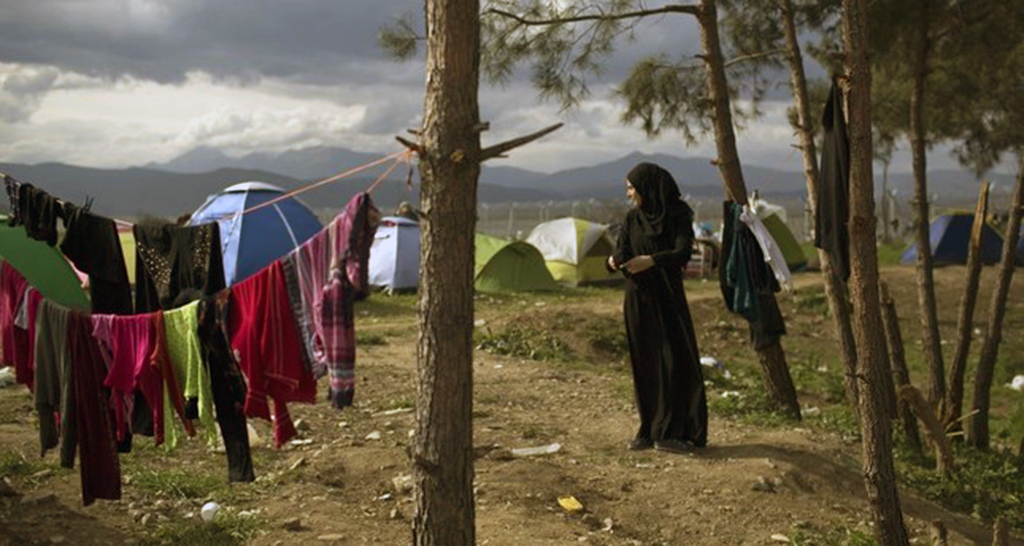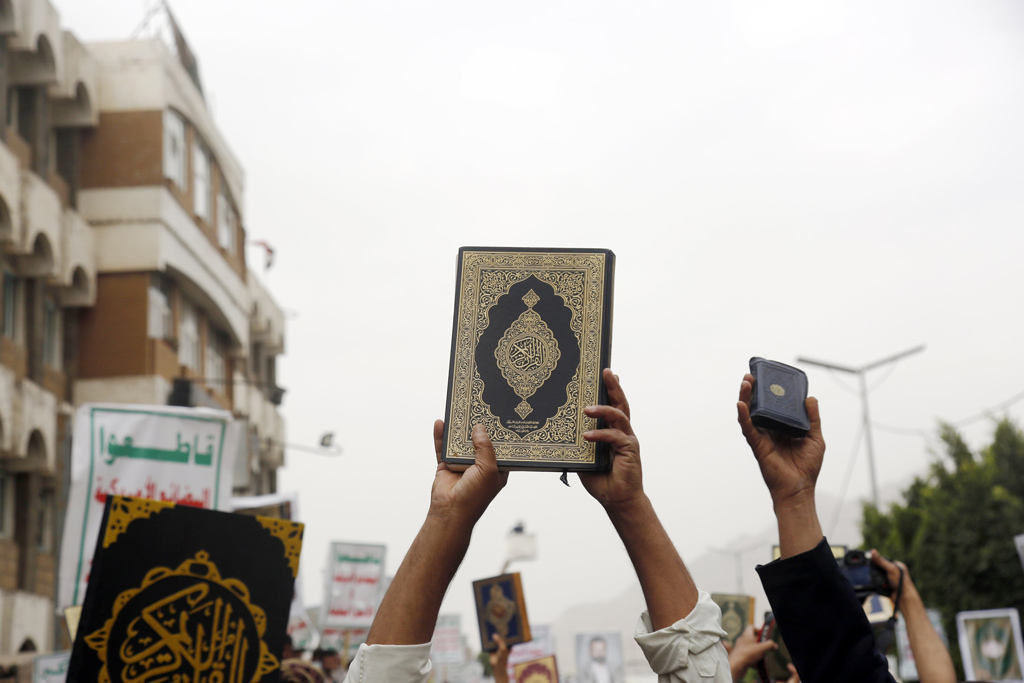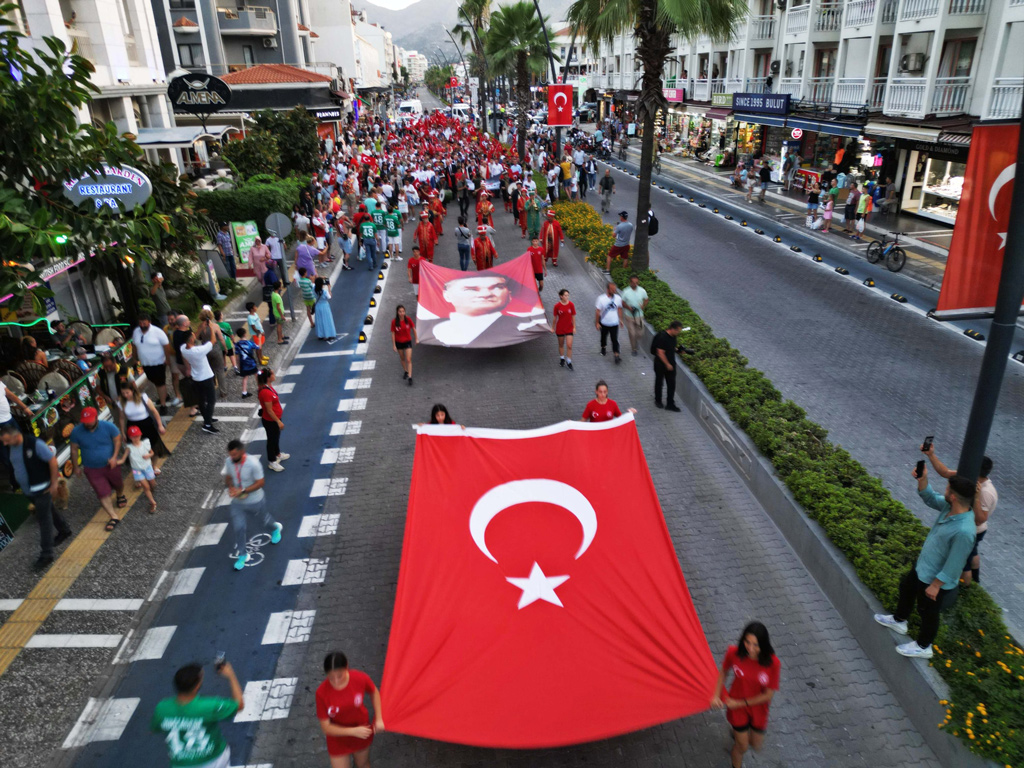
Women in a world of conflict and peace
Women have always been the first victims of wars across the globe. Nevertheless, they can become the perpetrators of war crimes and become involved in armed groups and the military, more so in the last decade.
Share
Women have always been the first victims of wars across the globe. Nevertheless, they can become the perpetrators of war crimes and become involved in armed groups and the military, more so in the last decade. This rising phenomenon reveals that women are stuck in a victim-perpetrator dichotomy that increases their vulnerability in a world of conflict. The reason behind their invisibility in conflict and peace, indeed, has a direct relationship with this fact.
Revealing this dichotomy requires analyzing women's fragile position in war and peace. Until the Bosnian war, war crimes against women such as slaughter and rape, were not acknowledged as crimes. After the establishment of the International Criminal Court (ICC), one of the sub-issues of crimes against humanity became crimes against women.
Moreover, other international organizations started to address this issue as well. U.N. Security Council resolution 1325 decreed in 2000 underlined the changing nature of warfare and the necessity of greater female involvement in the peace process.
U.N. Security Council resolutions 1820, 1888, 1889, 1960, 2106 and 2122 also underline gender equality in conflict and peace. These resolutions focus on preventing and responding to sexual violence, the deployment of more women in peace operations, addressing sexual abuse problems in armed groups and the improvement of responses to the needs of women in conflict and post-conflict stages. Even if the U.N. calls for the implementation of these resolutions, only 64 countries out of 192 have adopted national action plans for implementing resolution 1325 so far.
Why do the U.N. and other institutions focus on improving female participation in peace? Studies on female participation in peace processes show that their involvement is a chance to improve the conditions of women and provide gender balance in societies. If women participate in peace processes, the probability of having a fruitful, long-term agreement increases. Women tend to bring structural problems such as unemployment, education and socioeconomic issues to the forefront. Peace agreements also provide a chance to tackle deep-rooted and patriarchy-based prejudices such as the dehumanization of women and the social policy of paying women less.
However, it should also be taken into account that although there is increasing demand and awareness, women still have a more fragile and passive position in contributing to peace. A study on 31 peace processes from 1992 to 2011 shows that gender equality could not be provided in all stages of peace negotiations. The result of this study reveals that only 4 percent of signatories, 2.4 percent of chief mediators, 3.7 percent of witnesses and 9 percent of negotiators were women. When it comes to another survey focusing on the period from August 2008 to March 2012, only two out of 61 peace agreements included female signatories. Furthermore, another significant study on peace agreements from 1990 to 2010 shows that approximately 16 percent of the peace accords, or 92 out of 585, specified gender equality in the text. However, some countries such as Kenya's 25 percent, El Salvador's 13 percent, Croatia's 11 percent, Guatemala's 10 percent, Ireland's 10 percent, Afghanistan's 9 percent and Uganda's 9 percent all demonstrate higher female representation compared to other countries in peace processes.
As these surveys also show, women's in-between position is still a fact. This fact, indeed, is one of the reasons of increasing female recruitment in armed groups throughout the world, especially after the 1990s. From 1990 to 2003, women took part in armed groups in 55 countries. However, even if one of the reasons for female participation in armed groups is related to their aim of escaping from patriarchal domination and resolving gender-based inequalities in their societies, they suffered from the same problems because of the groups' male-dominated leadership. In-depth interviews with women in armed groups in northern Uganda, Sierra Leone and Mozambique show that even if women participated in armed organizations, because of male domination in their societies the same situation continued in armed groups, such as becoming sex slaves in these organizations, which is a common practice. In other words, it is not easy for women to gain independence via participation in armed groups.
Women are not only excluded from peace processes, but they are also overlooked for positions in politics and society in the post-conflict period. The patriarchal structure of society becomes active in the post-conflict period as well as before it. The case of Peruvian women is an example of this phenomenon. Even if they made significant contributions during the war and established peace initiatives to solve the conflict, their contributions became invisible after the peace agreement was signed.
Broadening inclusivity in peace processes can contribute to providing more female participation. Inclusion mechanisms can be recognized around different models such as direct representation at the negotiation table, observer status, consultations, inclusive commissions, high-level problem-solving workshops, public decision-making and mass action. All models require different organizational forms, and broadening inclusivity in each form increases the probability of reaching a successful agreement. One of the successful cases regarding the inclusion of women in the peace process is South Africa. Guatemala and the Philippines are other examples where women took part in both the governmental and nongovernmental spheres. Also, in Northern Ireland, women enabled activities in civil society organizations to promote community development and inter-community cooperation during the transition process, but it did not turn into the political mobilization of women in the long term.
Consequently, it should be remembered that even if promoting gender equality and female mobilization in post-conflict stages increases, implementation mechanisms are still insufficient to realize this potential. It is therefore essential to develop instruments to control and support the inclusivity of women in post-conflict societies.
[Daily Sabah, 31 October 2018]
Tags »
Related Articles







